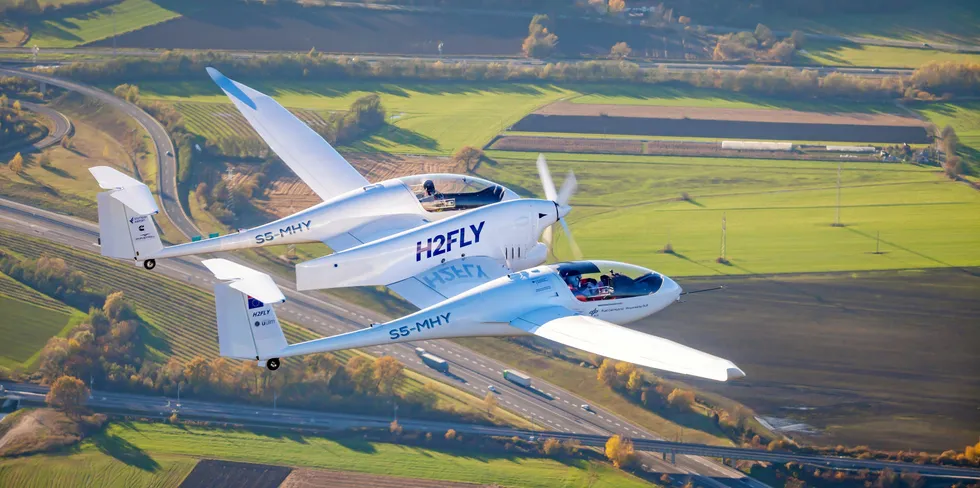Hydrogen-powered electric plane makes first flight between two commercial airports
German technology developer H2FLY says its HY4 demonstrator has also a set a new altitude record for a fuel-cell aircraft

German technology developer H2FLY says its HY4 demonstrator has also a set a new altitude record for a fuel-cell aircraft
